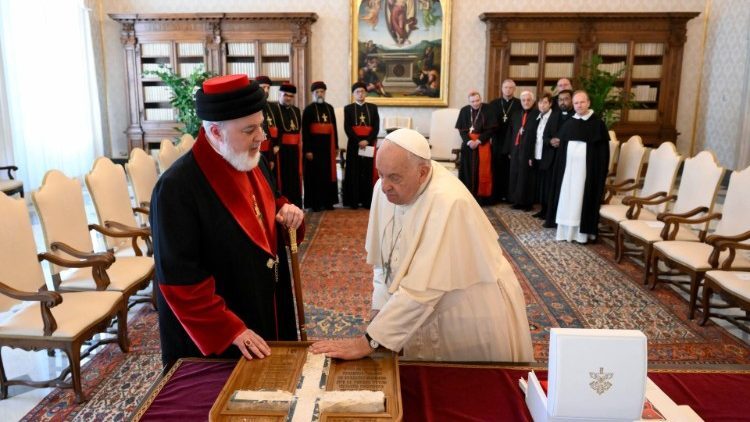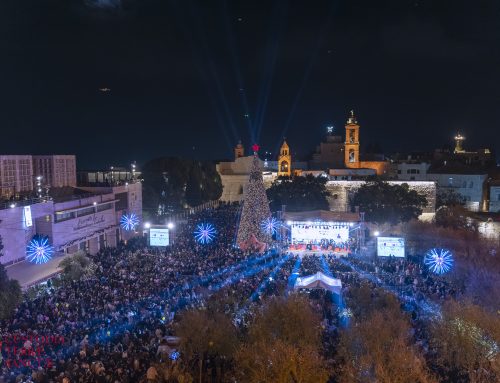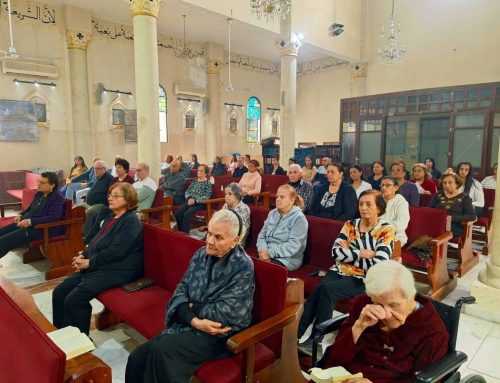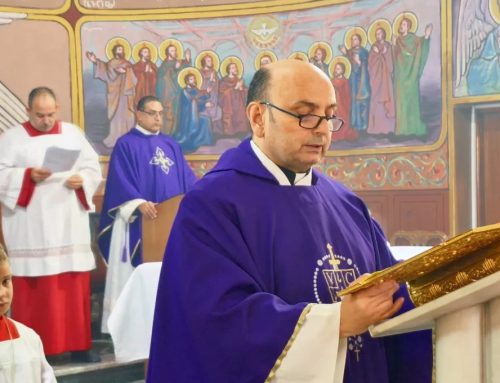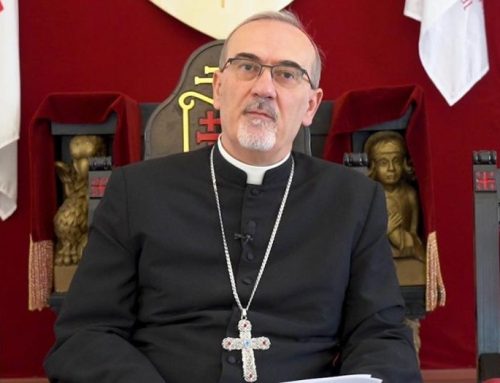“Through the intercession of St. Isaac of Nineveh and the Blessed Virgin Mary, Mother of Christ our God and Savior, may the Christians of the Middle East continue to bear witness to the Risen Christ in lands martyred by war.”
Pope Francis expressed that hope on Saturday as he met with Mar Awa III, Catholicos-Patriarch of the Assyrian Church of the East, and members of the Joint International Commission for Theological Dialogue between the Catholic Church and the Assyrian Church of the East.
The audience came just ahead of the 30th anniversary of the signing of the Common Christological Declaration on November 11, 1994, which ended 1,500 years of doctrinal disputes stemming from the Council of Ephesus.
It also marked 40 years since Pope St. John Paul II and Mar Dinkha IV, the then-Catholicos-Patriarch of the Assyrian Church of the East, met in the Vatican for the first official meeting between the heads of the Catholic and Assyrian Churches.
Looking toward day of full communion
In his remarks at the audience on Saturday, Pope Francis encouraged all efforts toward full Christian unity.
“I recall what the great theologian John Zizioulas, a man of God, used to say: ‘I know the date of the union, I know it.’ When is it? ‘The day after the final judgment.’ Before that, full union will not happen, but in the meantime, we must walk together, pray together, and work together,” said the Pope.
He went on to praise the common “desire for unity” that inspires Catholic and Assyrian Christians to respond to Christ’s call in the Gospel: “That they may all be one” (Jn 17:21).
Believers in the same Christian faith
The Pope said efforts toward Christian unity are rooted in the belief that “the same faith handed down by the Apostles has been expressed and received in different forms and ways, according to varying life circumstances,” as stated in Unitatis Redintegratio, the Vatican II Decree on Ecumenism.
He recalled the 2001 agreement on the Anaphora of Addai and Mari, which allowed for a certain communicatio in sacris under specific circumstances; the 2017 joint declaration on the sacramental life; and, the 2022 document Images of the Church in Syriac and Latin Traditions, which laid the groundwork for a shared understanding of the Church’s constitution.

